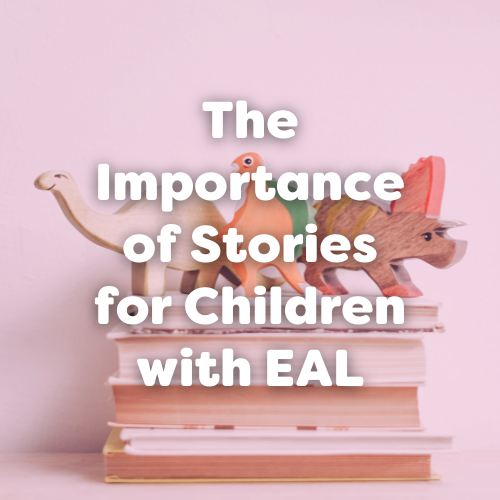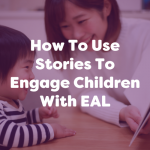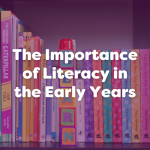What is EAL?
EAL refers to English as an Additional Language. It is a term used to describe the teaching of English to students who have not learned it as their first language.
EAL could refer to students who were born in, or have lived in the UK for a long time, but who speak another language at home and may not be as fluent in English which may affect their literacy levels. It may also refer to bi-lingual children. Irrespective of the child’s proficiency in English, the Department of Education in the UK requires that if a child is exposed to more than one language (which may include English), a language other than English should be recorded.

Supporting children with EAL
It is important to know that children with EAL may experience a lot of challenges in their academic life. It is good for teachers and parents to be aware of this so they can help the child succeed academically.
To support children with EAL, teachers need to be aware of the different ways that they can help their students. Teachers should provide a good amount of speaking and listening opportunities in the classroom and also use pictures and gestures when teaching new vocabulary. Teachers must try to understand how much English these students know before talking about something new because it could overwhelm them.

Why are stories so important for those with EAL?
Stories are one of the things that make us human. We can all relate to a story because we are hardwired to learn that way. They are one of the most versatile and powerful tools we have.
Stories in a child’s home language are transferable to a second language and are therefore a great advantage to those learning EAL. Knowledge of stories enhances and facilitates their learning, especially when using dual text.
Choose a story with a clear storyline and simple direct language. Illustrated books are great and can help the children learn about other cultures. They are an inclusive way of teaching.
Take a number of words from the story and list them on the wall with a picture. Put the English name against the child’s first language. You can then refer to these words as you are telling the story.
For example, if you are telling a story about the 3 little pigs you would have a picture of the pig and the word ‘pig’ underneath. Write the word ‘pig’ in the child’s first language, and give them comfort and context.
If you have several children in the setting or school with EAL then you might want to put them into small groups or pairs with children whose first language is English to help them learn together. This will help the English-speaking children learn a new language and again create an inclusive learning environment.
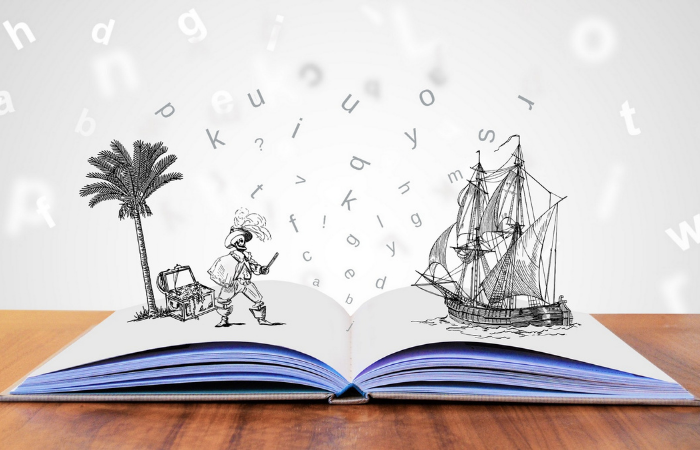
Additional activities to support children with EAL
- Spend time with the child’s parents to give you some context of the child’s community. This may also help you learn about the kinds of activities the child enjoys, and help you with lesson planning.
- Develop a listening corner in your setting
- Play games such as Simon Says to help children develop listening and language skills
- Get singing! Use story sets to build understanding of songs and rhymes.
- Find further support at the links below.
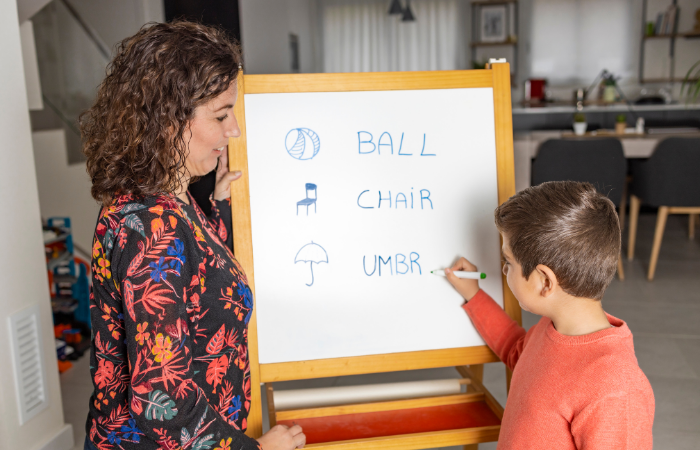
Looking for further support
Need further support for children with EAL? Check out these resources for activities, guides, and more!
Guidance for Early Years practitioners on supporting children learning English as an Additional Language (EAL). (oxfordshire.gov.uk)
5 Tips to support children with EAL (earlyyearscareers.com)

